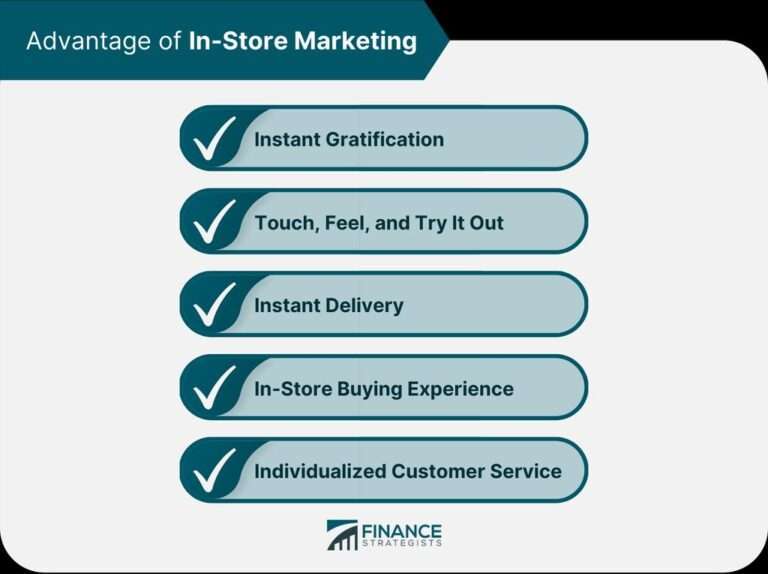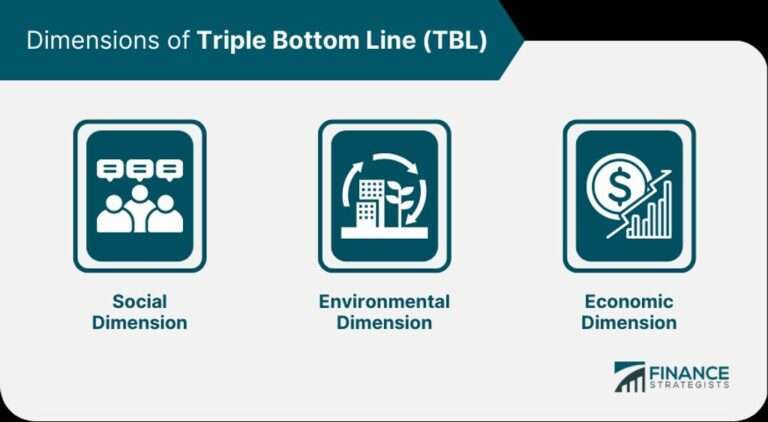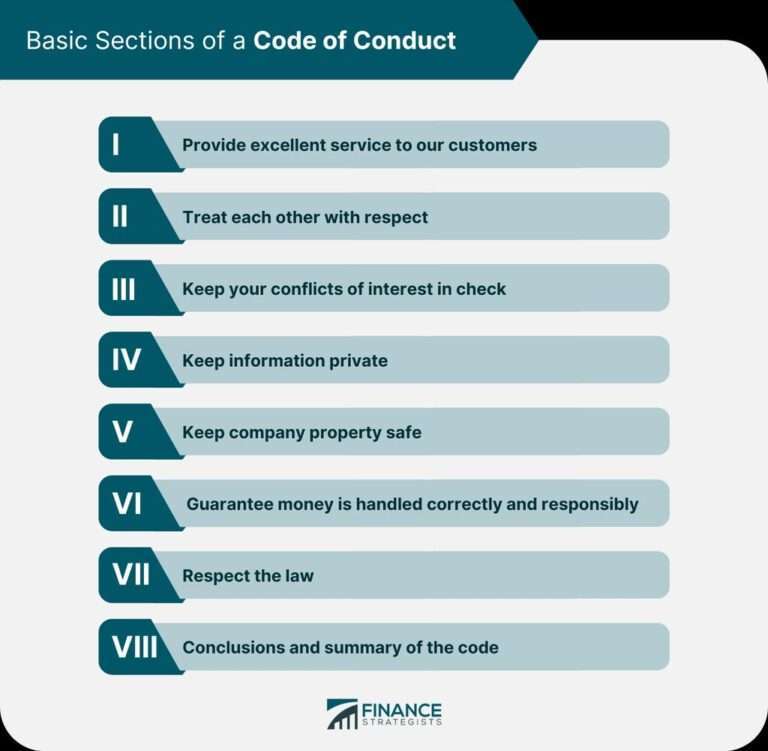Content Marketing vs Product Marketing

In today’s digital age, marketing strategies have evolved and branched out into various forms. Two popular approaches that businesses commonly employ are content marketing and product marketing. While both methods aim to promote and sell products or services, there are distinct differences in how they are executed and what they prioritize. Understanding these differences is crucial for businesses to create effective marketing campaigns that resonate with their target audience.
In this blog post, we will delve into the world of content marketing and product marketing, exploring their definitions, key elements, and real-life examples. We will also compare and contrast the two strategies, highlighting their similarities and differences. Additionally, we will discuss when each marketing strategy is most effective and how they can complement each other in an integrated marketing approach.
So, if you’re interested in honing your marketing skills and gaining a deeper understanding of content marketing and product marketing, this blog post is for you. Let’s dive in and explore the fascinating world of these two essential marketing strategies.
Introduction: Defining Content Marketing and Product Marketing
Content Marketing: Content marketing is a strategic marketing approach that involves creating and distributing valuable, relevant, and consistent content to attract and engage a specific target audience. The goal of content marketing is to drive profitable customer action by providing valuable information, building brand awareness, and establishing a relationship of trust and credibility with the audience.
Product Marketing: Product marketing, on the other hand, focuses on promoting and selling a specific product or service. It involves activities such as market research, positioning, messaging, pricing, and launching the product to the target market. The primary goal of product marketing is to generate demand, increase product adoption, and drive revenue for the business.
While both content marketing and product marketing have the ultimate objective of driving sales and business growth, they differ in terms of their approach and primary focus. Content marketing is more centered around creating valuable content that educates, informs, and engages the audience, while product marketing is focused on promoting and positioning a specific product or service in the market.
In the next sections, we will explore the key elements and examples of effective content marketing and product marketing to gain a deeper understanding of how these strategies operate and contribute to overall marketing success.
Understanding Content Marketing
Content marketing is a powerful and dynamic marketing approach that revolves around creating and distributing valuable and relevant content to attract and engage a specific target audience. It goes beyond traditional advertising by providing information, entertainment, or educational material that is valuable to the audience.
To truly understand content marketing, it’s important to explore its purpose and the key elements that make it effective. By doing so, businesses can harness the power of content marketing to build brand awareness, establish thought leadership, nurture customer relationships, and ultimately drive profitable customer action.
In this section, we will delve deeper into the purpose of content marketing and explore the key elements that contribute to its success. By gaining a comprehensive understanding of content marketing, businesses can develop strategies that resonate with their target audience and achieve their marketing goals.
Understanding Product Marketing
Product marketing plays a crucial role in the overall marketing strategy of a business. It focuses on promoting and selling a specific product or service to the target market. By understanding the intricacies of product marketing, businesses can effectively position their offerings, create compelling messaging, and drive customer adoption and sales.
To grasp the essence of product marketing, it is essential to explore its goals and the key aspects that contribute to its success. By doing so, businesses can develop strategies that highlight the unique value proposition of their products, differentiate themselves from competitors, and ultimately drive revenue growth.
In this section, we will delve deeper into the goals of product marketing and examine the crucial aspects that businesses need to consider when implementing a product marketing strategy. By gaining a comprehensive understanding of product marketing, businesses can effectively promote and sell their products, ensuring that they reach the right audience and generate the desired results.
Comparing and Contrasting Content Marketing vs Product Marketing
Both content marketing and product marketing serve as essential components of a comprehensive marketing strategy. While they share the common objective of promoting and driving sales, there are distinct differences in their approach and focus. In this section, we will compare and contrast content marketing and product marketing to understand their unique characteristics and benefits.
Similarities Between Content and Product Marketing
- Audience Engagement: Both content marketing and product marketing aim to engage the target audience. They strive to capture attention, spark interest, and create a connection with potential customers.
- Brand Awareness: Content marketing and product marketing contribute to building brand awareness. They help increase visibility, establish brand identity, and shape the perception of the business in the minds of consumers.
- Targeted Messaging: Both strategies require a deep understanding of the target audience. Content marketing and product marketing rely on targeted messaging to effectively communicate with the intended audience and address their specific needs and pain points.
Differences Between Content and Product Marketing
- Focus: Content marketing primarily focuses on creating valuable and relevant content that educates, entertains, or informs the audience. It aims to build trust, establish thought leadership, and generate interest in the brand. Product marketing, on the other hand, centers around promoting and selling a specific product or service. It involves activities such as market research, positioning, pricing, and launching the product.
- Content vs. Product: While content marketing revolves around creating and distributing content, product marketing is centered on showcasing and promoting a particular product or service. Content marketing emphasizes providing value through informative and engaging content, whereas product marketing highlights the features, benefits, and unique selling points of the product.
- Sales Funnel Stage: Content marketing is often associated with the top of the sales funnel, where the focus is on attracting and engaging prospects. It aims to create brand awareness and nurture relationships with potential customers. Product marketing, on the other hand, is more closely aligned with the middle and bottom of the sales funnel. It focuses on converting prospects into customers, driving product adoption, and generating revenue.
Determining When to Use Each Marketing Strategy
The decision to employ content marketing or product marketing depends on several factors, including the marketing goals, target audience, and stage of the buyer’s journey. Content marketing is beneficial for businesses looking to establish thought leadership, build brand awareness, and engage with a wide audience. It is particularly effective in industries where trust, credibility, and education play a significant role.
Product marketing, on the other hand, is essential when launching a new product, entering a new market, or driving sales for a specific offering. It is most effective when the target audience is already aware of the product category and requires information and persuasion to make a purchase decision.
By understanding the similarities and differences between content marketing and product marketing, businesses can make informed decisions about which strategy to employ based on their specific marketing objectives, target audience, and stage of the buyer’s journey.
The Intersection of Content Marketing and Product Marketing
The intersection of content marketing and product marketing presents a unique opportunity for businesses to leverage the strengths of both strategies and create a cohesive marketing approach. By integrating content marketing and product marketing, businesses can enhance their brand positioning, drive product adoption, and maximize their marketing efforts.
How Content Marketing Can Support Product Marketing
- Building Brand Authority: Content marketing allows businesses to establish themselves as thought leaders in their industry. By creating valuable and informative content, businesses can position themselves as experts, gaining credibility and trust among their target audience. This authority can directly impact product marketing efforts by building trust in the brand and increasing the likelihood of customers considering and adopting their products.
- Educating the Audience: Content marketing provides an avenue to educate the audience about the industry, product features, and benefits. By creating helpful content that addresses customer pain points and provides solutions, businesses can effectively educate and inform their audience. This education can drive product understanding, leading to increased interest and adoption.
- Generating Demand: Content marketing can create demand for a product or service by highlighting customer needs and pain points. By identifying and addressing these pain points through content, businesses can generate interest and desire for their products. This demand generation sets the stage for product marketing efforts to step in and capitalize on the interest and convert it into sales.
How Product Marketing Can Benefit from Content Marketing
- Tailoring Messaging: Content marketing provides valuable insights into the target audience’s preferences, interests, and pain points. This information can be utilized by product marketers to tailor their messaging, positioning, and value propositions to resonate with the audience. By understanding what content resonates with the audience, product marketers can craft compelling messaging that highlights how the product solves their specific needs.
- Leveraging Content Channels: Content marketing efforts often involve creating content for various channels such as blogs, social media, and email newsletters. Product marketers can leverage these existing content channels to promote and showcase their products. By integrating product information into content assets, businesses can seamlessly guide their audience towards product adoption.
- Supporting the Buyer’s Journey: Content marketing plays a significant role in nurturing leads and guiding them through the buyer’s journey. By providing valuable content at each stage of the journey, businesses can build trust, address objections, and ultimately lead customers towards making a purchase decision. Product marketers can align their efforts with the content strategy to ensure a seamless transition from content consumption to product consideration and conversion.
Case Studies of Effective Integration
To truly understand the power of integrating content marketing and product marketing, let’s examine a few real-life examples:
- HubSpot: HubSpot, a leading marketing and sales software company, utilizes content marketing to educate its audience on various aspects of inbound marketing, sales, and customer service. Their blog, resources, and webinars provide valuable insights and guidance, positioning HubSpot as a trusted authority. Through this content, HubSpot seamlessly integrates product marketing by showcasing how their software solutions can help businesses implement effective marketing strategies.
- GoPro: GoPro, a renowned action camera brand, leverages content marketing to showcase the incredible footage and experiences captured by their customers. Their user-generated content not only serves as a powerful marketing tool but also highlights the capabilities and benefits of their cameras. By integrating product marketing into their content strategy, GoPro effectively drives product awareness and adoption.
By examining these case studies and exploring the intersection of content marketing and product marketing, businesses can gain inspiration and insights into how to effectively integrate these strategies to achieve their marketing goals.
In conclusion, while content marketing and product marketing have distinct roles and focuses, they can be integrated to create a powerful and comprehensive marketing approach. By leveraging the strengths of both strategies, businesses can build brand authority, educate their audience, generate demand, tailor messaging, and support the buyer’s journey. Embracing the intersection of content marketing and product marketing can lead to increased brand visibility, product adoption, and overall marketing success.







